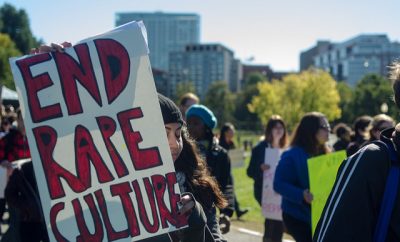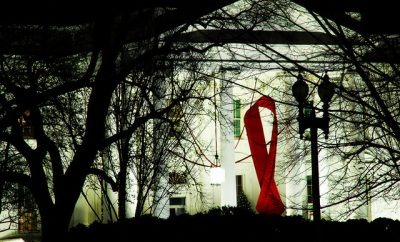Harvard University is a private institution located just outside of Boston in Cambridge, Massachusetts. It has a reported violent crime rate of 1.18 per 1,000 students. Forcible sex offenses make up most of the school’s violent crimes, with 87 between 2011 and 2013. The number of reported sex offenses increased during that three-year period (from 21 in 2011 to 31 in 2012 to 35 in 2013). However, the change in reported forcible sex assaults may not mean that the number of actual cases experienced a significant increase, rather it may reflect changes in the university’s reporting procedures.
In 2013, the school paper, the Crimson, ran a story detailing some students’ bad experiences with the school’s sexual assault policy, including a failure to expel a student found guilty of sexual assault. A formal complaint was filed with the Department of Education in March 2014. The complaint alleged that Harvard officials provided conflicting and incorrect information to victims, denied them protection from their assailants (such as a change in residence), and blamed victims for the crimes against them. The complaint also pointed to the complication of regulating Final Clubs, which are not officially recognized by the university, but account for much of the social scene. The students note that the Harvard Sexual Assault Policy, which at the time of the complaint had not been updated since 1993, defines sexual assault narrowly, and places an unfair burden on the victim. Shortly after the complaint was filed, the Department of Education began an investigation into the university for possible Title IX violations. The Department of Education finished a similar investigation into Harvard’s Law School in late 2014, which prompted controversial policy changes. Harvard officials stated that the university is currently working to revise its Title IX policy and have created a task force to help improve the university’s sexual assault procedures. The university offers a detailed list of options for rape survivors on its website and seeks to engage the school community about addressing the issue.
Harvard has a full-service Police Department with a patrol division, an investigative division, and a dignitary protection unit. All officers have full arrest authority as special State Police on campus as well as in Cambridge, Somerville, and Boston.
Fall 2013 Enrollment: 28,297 (10,534 undergraduate)
Average Violent Crime Rate: 1.18 per 1,000 students
Murder: 0
Forcible Sex Offense: 87
Robbery: 3
Aggravated Assault: 10
Campus Setting: City (Midsized)
-Campus crime statistics are three-year totals from 2011, 2012, and 2013
-The average violent crime rate is an average of the three-year data shown as a rate per 1,000 students
Click here to see the methodology used for the rankings.
Research and analysis done by Law Street’s Crime in America team:
Kevin Rizzo, Kwame Apea, Jennie Burger, Alissa Gutierrez, and Maurin Mwombela.
Kevin Rizzo is the Crime in America Editor at Law Street Media. An Ohio Native, the George Washington University graduate is a founding member of the company. Contact Kevin at krizzo@LawStreetMedia.com.
 Image courtesy of [Ian D. Keating via Flickr]
Image courtesy of [Ian D. Keating via Flickr]









Comments